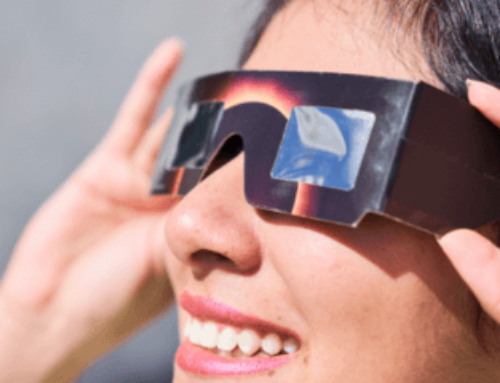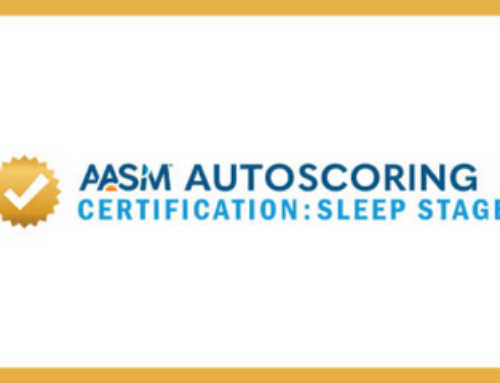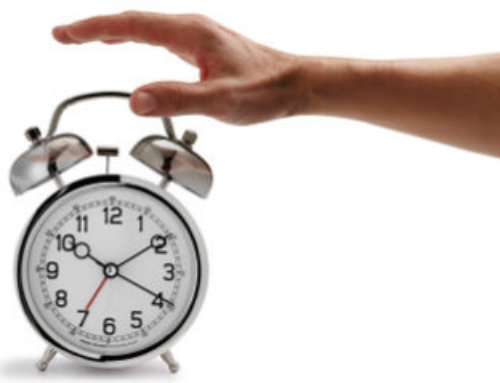FOR IMMEDIATE RELEASE
CONTACT: Lynn Celmer, 630-737-9700, ext. 9364, lcelmer@aasm.org
DARIEN, IL – A new study from the Sleep, Metabolism and Health Center at the University of Chicago suggests that continuous positive airway pressure (CPAP) therapy reduces glucose levels and improves morning glycemic control in type 2 diabetics who have obstructive sleep apnea (OSA).
Results show that one week of optimal CPAP use lowered average 24-hour glucose levels and improved post-breakfast glucose response. The dawn phenomenon, an early-morning increase in blood sugar in people who have type 2 diabetes, also was reduced by 45 percent as a result of CPAP therapy.
“Our study shows that CPAP treatment of sleep apnea across the entire night can improve glucose control and may in some patients have as much of an effect as an oral anti-diabetic medication,” said lead author Esra Tasali, MD, assistant professor of medicine, pulmonary and critical care medicine at the University of Chicago Department of Medicine.
The research abstract was published recently in an online supplement of the journal SLEEP, and Tasali will present the findings Wednesday, June 5, in Baltimore, Md., at SLEEP 2013, the 27th annual meeting of the Associated Professional Sleep Societies LLC.
The study group comprised nine type 2 diabetics who received one week of CPAP therapy, spending each night in a sleep laboratory. Optimum CPAP adherence while sleeping for eight hours in bed was achieved by continuous supervision. Before and after the one-week treatment, subjects consumed standardized meals and provided blood samples at 15 to 30 minute intervals for 24 hours. None of the patients were on insulin.
Tasali noted that there is a strong link between sleep apnea and type 2 diabetes, which is one of the most pressing health care problems in the U.S.
“There are more than 28 million Americans with type 2 diabetes, and the prevalence continues to increase because of the epidemic of obesity,” said Tasali. “Approximately two out of three patients with type 2 diabetes also suffer from sleep apnea, and multiple studies have shown that sleep apnea may have adverse effects on glucose metabolism.”
The American Academy of Sleep Medicine reports that obstructive sleep apnea is a common sleep illness affecting at least four percent of men and two percent of women. It involves repetitive episodes of complete or partial upper airway obstruction occurring during sleep despite an ongoing effort to breathe. The most effective treatment option for OSA is CPAP therapy, which helps keep the airway open by providing a stream of air through a mask that is worn during sleep.
For a copy of the abstract “Effective CPAP treatment of obstructive sleep apnea improves glycemic control in Type 2 Diabetic,” or to arrange an interview with Dr. Tasali or an AASM spokesperson, please contact AASM Communications Coordinator Lynn Celmer at lcelmer@aasm.org.
A joint venture of the American Academy of Sleep Medicine and the Sleep Research Society, the annual SLEEP meeting brings together an international body of more than 5,500 leading clinicians and scientists in the fields of sleep medicine and sleep research. At SLEEP 2013 (www.sleepmeeting.org), more than 1,300 research abstract presentations will showcase new findings that contribute to the understanding of sleep and the effective diagnosis and treatment of sleep disorders such as insomnia, narcolepsy and sleep apnea.
The American Academy of Sleep Medicine considers sleep disorders an illness that has reached epidemic proportions. Board-certified sleep medicine physicians in an AASM-accredited sleep center provide effective treatment. AASM encourages patients to talk to their doctors about sleep problems or visit www.sleepeducation.com for a searchable directory of sleep centers.








